Dating Your Spools of Thread
quiltingfox
10 years ago
Featured Answer
Comments (21)
quiltnhen
10 years agoRelated Professionals
Bronx Furniture & Accessories · North Myrtle Beach Furniture & Accessories · Washington Furniture & Accessories · Ridgewood Furniture & Accessories · Caledonia Interior Designers & Decorators · View Park-Windsor Hills Interior Designers & Decorators · Limerick Flooring Contractors · Temecula Flooring Contractors · Greenville Furniture & Accessories · Woodbury Furniture & Accessories · Portage Furniture & Accessories · Beverly Hills Furniture & Accessories · Greenwood Village Furniture & Accessories · Northridge Furniture & Accessories · Holliston Furniture & Accessoriesbeth7happy
10 years agomsmeow
10 years agofran1523
10 years agocalliope
10 years agomeldy_nva
10 years agoquiltingfox
10 years agoK8Orlando
10 years agonannykins
10 years agoquiltingfox
10 years agosherryquilts
10 years agovicky4x4
10 years agopamghatten
10 years agoquiltnhen
10 years agocalliope
10 years agomeldy_nva
10 years agoquiltingfox
10 years agorosajoe_gw
10 years agomeldy_nva
10 years agosuzysez
8 years ago
Related Stories
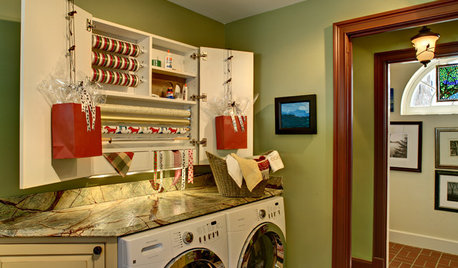
HOLIDAYS9 Ultimate Gift Wrapping and Crafts Stations
Ribbons spooling through an open door; colored paper nipping at your nose — workstations like these make the holiday season even brighter
Full Story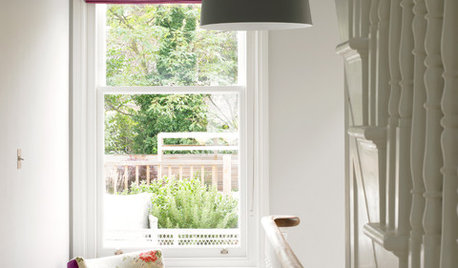
VICTORIAN DESIGNHow to Gently Bring a Victorian Home Into the 21st Century
Bring your Victorian home up-to-date while still celebrating its original details with these stylish but sensitive ideas
Full Story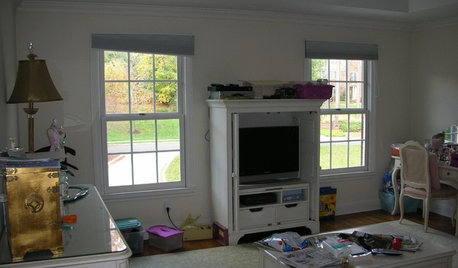
BEDROOMSBefore and After: French Country Master Suite Renovation
Sheila Rich helps couple reconfigure dark, dated rooms to welcome elegance, efficiency and relaxation
Full Story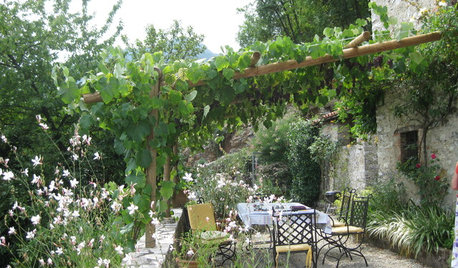
LANDSCAPE DESIGNRecipe for Mediterranean Edible Garden Style
The only thing better than a delicious meal outdoors is the satisfaction of growing some of the key ingredients yourself
Full Story
KITCHEN DESIGNWonderful Wood Countertops for Kitchen and Bath
Yes, you can enjoy beautifully warm wood counters near water sans worry (almost), with the right type of wood and sealer
Full Story
DESIGNER SHOWCASESHollywood Glamour at the 2016 Wattles Mansion Showcase House
Designers take inspiration from their favorite movies and Hollywood icons to decorate rooms for this Southern California show house
Full Story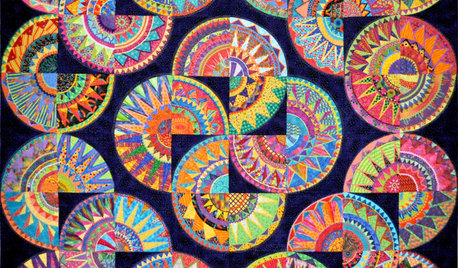
ARTShow News: Rare Quilts Get Museum Time
See 6 intricate designs from a California exhibition and get tips for building your own quilt collection
Full Story
FUN HOUZZ10 Things People Really Don’t Want in Their Homes
No love lost over fluorescent lights? No shocker there. But some of these other hated items may surprise you
Full Story
GARDENING GUIDESTop 12 Summer-Blooming Perennials for Deer-Resistant Drama
Can you have garden color, fragrance and exciting foliage with hungry deer afoot? These beauties say yes
Full StorySponsored
Your Custom Bath Designers & Remodelers in Columbus I 10X Best Houzz
More Discussions








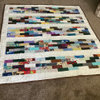

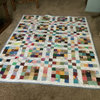
toolgranny